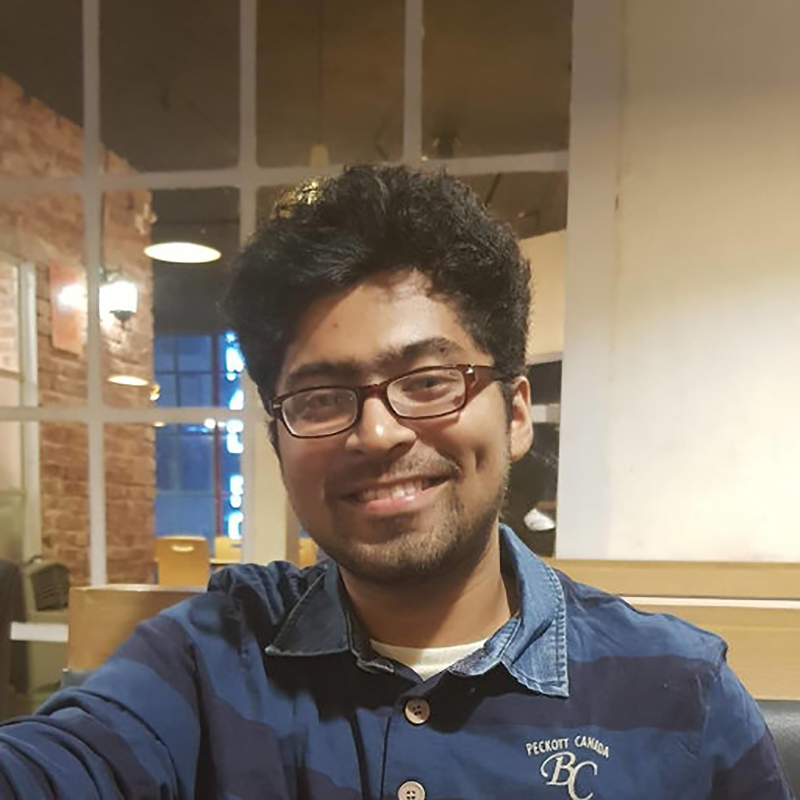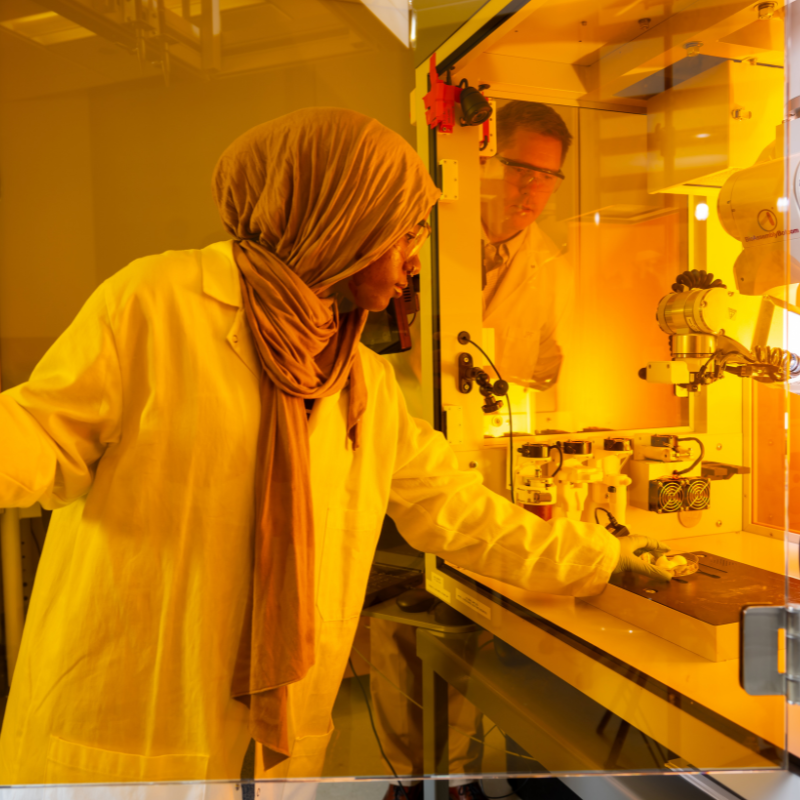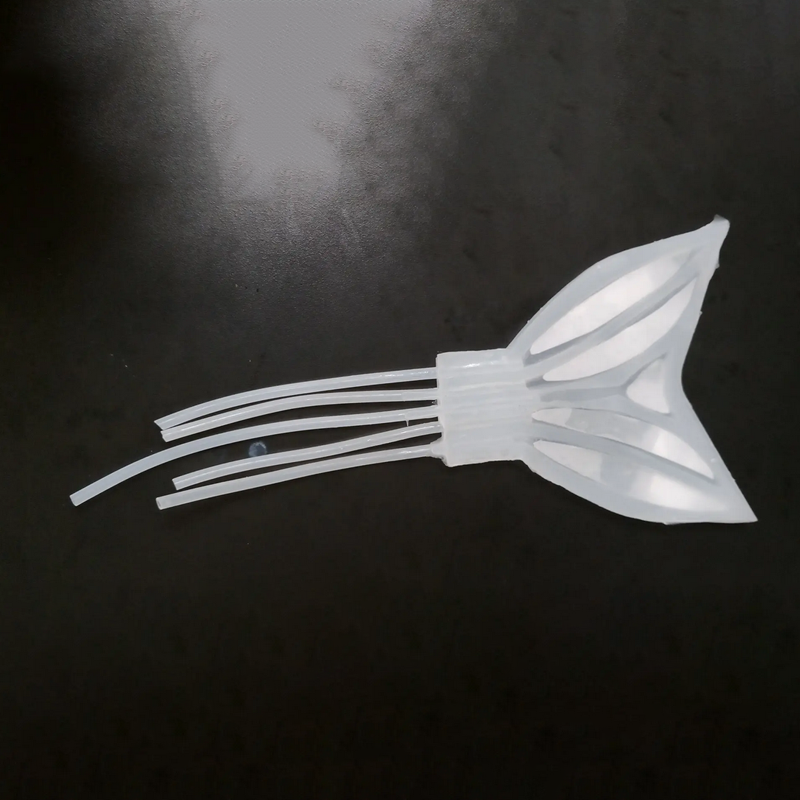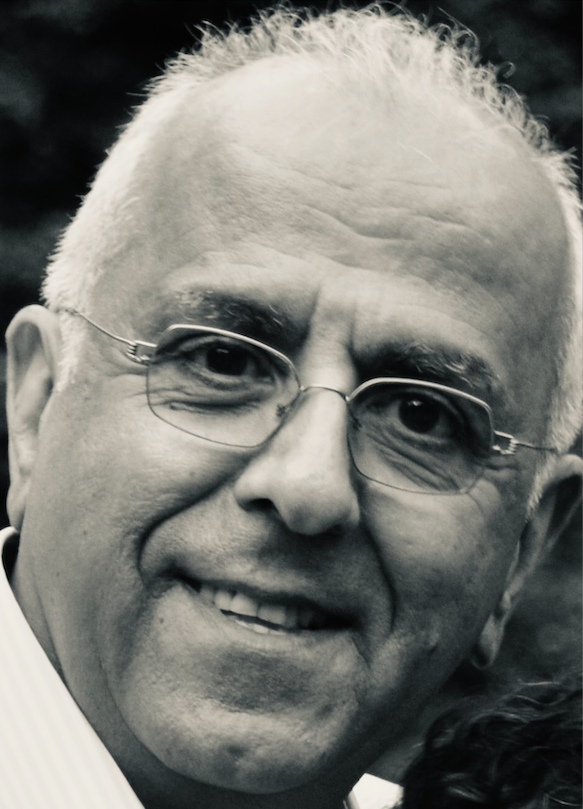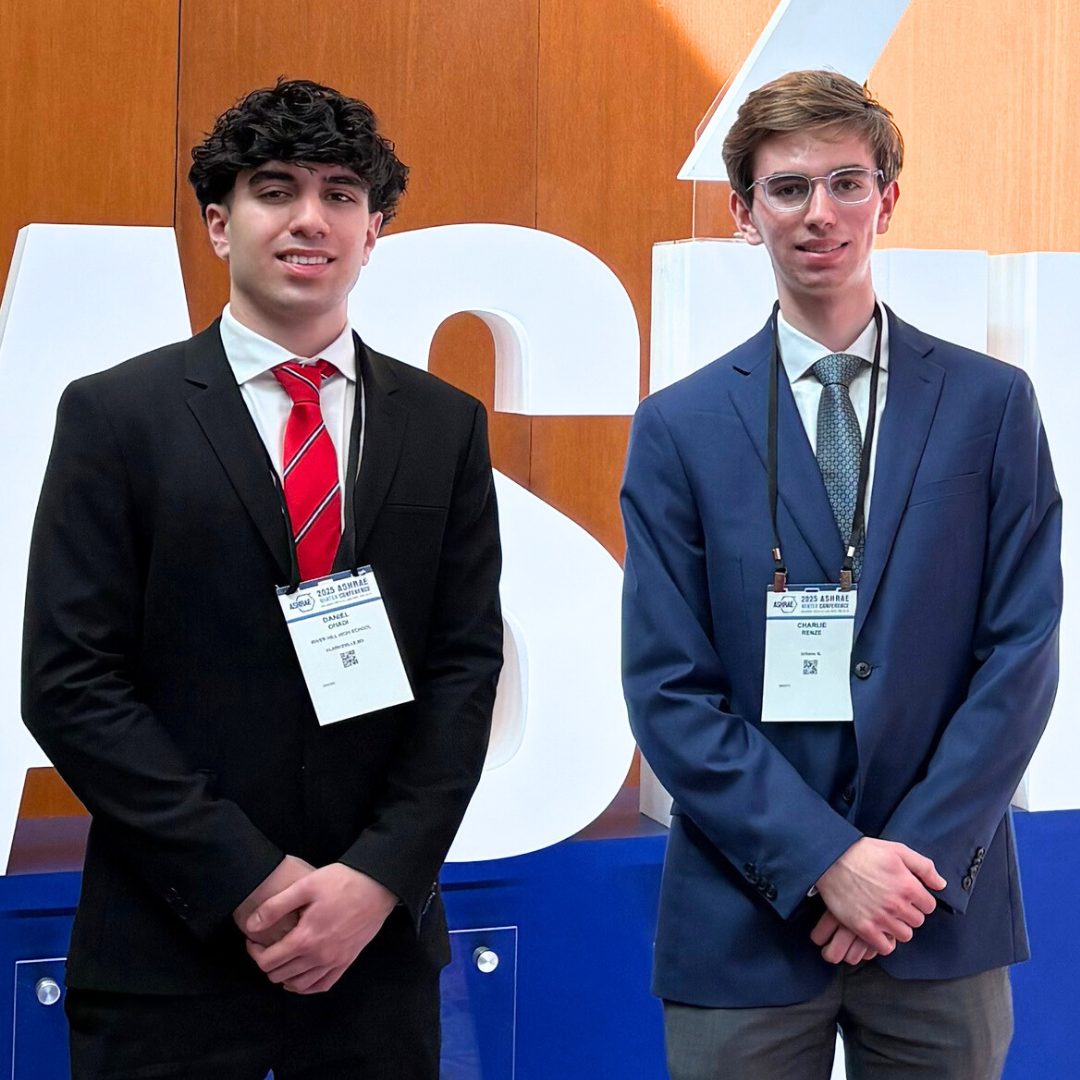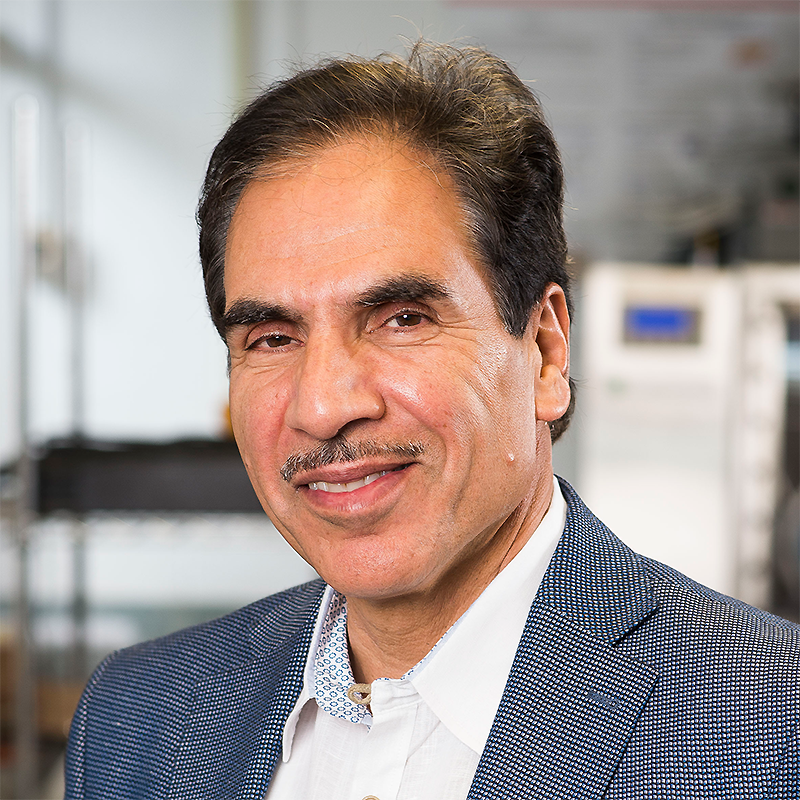News Story
Prof. Bigio's Research Featured in Plastics Technology
Mechanical Engineering Associate Professor David Bigio's research in long-fiber thermoplastics (LFT) in direct-compounded form (DLFT) was featured in a recent article in Plastics Technology. Below is an excerpt of the article, written by Mikell Knights, Senior Editor of Plastics Technology, along with the noted figures:"The biggest surprise at [Plastics Technology’s recent Long-Fiber Molding/ Extrusion Conference in Miami, Fla.] was a novel DLFT injection molding process developed by the Univ. of Maryland in College Park in collaboration with Timothy Womer, v.p. of engineering at New Castle Industries. It marries a counter-rotating twin-screw extruder with an injection molding machine. This has been done elsewhere by designing a two-stage system in which twin-screw plasticating is mechanically separated from injection (see PT, Apr. ’02, p. 52). In this case, twin-screw compounding is built into the reciprocating-screw mechanism.
"The first three-quarters of the machine barrel resemble a counter-rotating, non-intermeshing twin-screw extruder. Cut fibers are added to the melt through a downstream port in a special mixing section that has no kneading blocks and is thus gentle to the fiber.
"As shown in Fig. 1, one of the two screws is longer than the other. The plasticated shot is accumulated in front of this longer screw, which has a non-return valve. After the plastication cycle, the screws stop turning, and the longer screw rams the shot into the mold, while the shorter screw stays put. The machine has packing control, a standard horizontal clamp, and robotic parts removal. Loss-in-weight feeders deliver ingredients to the hopper under PC-based control. The feeders run only when the screws are turning.
"This four-year-old machine concept boasts a smaller footprint than other DLFT technologies, which typically combine twin-screw extrusion with melt accumulation and transfer to a mold (two melt-transfer steps). The Maryland device also allows much smaller parts to be molded than previous DLFT methods and is retrofittable on any conventional injection machine."
Published May 15, 2003
